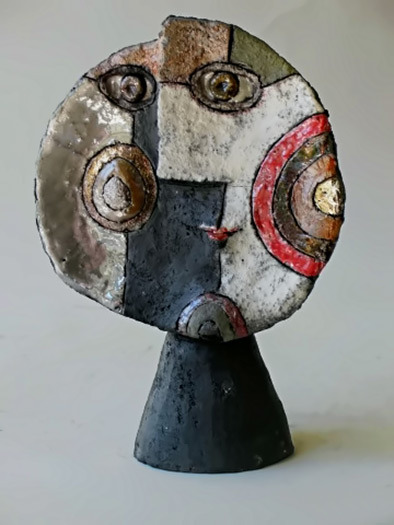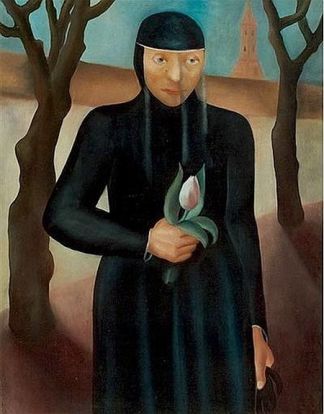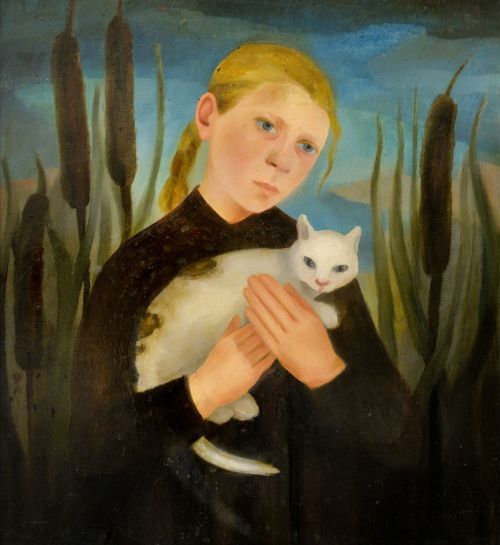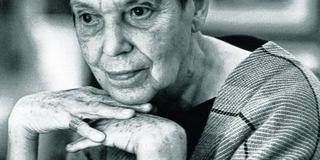Edward Hopper: Ryder’s House (1933)

Edward Hopper: Ryder’s House (1933)
More Posts from Art0634 and Others
![Sam Francis (1923-1994) [USA] ~ ‘Untitled’, 1973. Acrylic On Paperboard (116.2 X 78.7 Cm).](https://64.media.tumblr.com/dfcb4835e7b6107147aad942c421939b/0108dfbc60f703e5-ce/s500x750/5a3e85ef08019757418a4a6ddec755dddc2c6ff7.jpg)
Sam Francis (1923-1994) [USA] ~ ‘Untitled’, 1973. Acrylic on paperboard (116.2 x 78.7 cm).

Jean-Michel Basquiat (American, 1960-1988), Untitiled, 1986. Acrylic on canvas, 150 x 120 cm.

Creglingen by Carl Grossberg, 1926
![Kazuo Shiraga (1924-2008) [Japan] — ‘Chiansei Kinhyoshi’, 1962. Oil On Canvas (195 X 130 Cm).](https://64.media.tumblr.com/44ea14f02c772236fd30b897b5f6b372/bac99c63dff7919a-15/s500x750/a25fa6ac87ad9be2fe6d10c9dfde018781abd42b.jpg)
Kazuo Shiraga (1924-2008) [Japan] — ‘Chiansei Kinhyoshi’, 1962. Oil on canvas (195 x 130 cm).

Ceramic cubist sculpture – Roger Capron, Vallauris

On the Bridge, 1903 Edvard Munch

Eye of Horus , fragment of an Ancient Egyptian Glass Inlay






Kate Diehn-Bitt (German, 1900-1978)
An automatic translation:“Born in Schöneberg near Berlin in 1900, Kate (originally: Käthe) Diehn-Bitt was a middle-class daughter. Her training took place exclusively in various private art schools; After early marriage and the birth of her son in 1920, she began studying at the – again – private art academy in Dresden in 1929–31, where Woldemar Winkler (1902–2004) became her teacher, who later described her as “a very clever one , very self-confident, emancipated personality”. The Dresden art scene around Otto Dix, Otto Griebel and others must have been as impressive for Diehn-Bitt as the political atmosphere in the city.
Back in Rostock, she set up her first studio in 1933; In 1935 she exhibited together with the sculptor Hertha von Guttenberg in the gallery of Wolfgang Gurlitt in Berlin - it would take until 1948 until another exhibition is dedicated to her in Schwerin.
During the Nazi era, Kate Diehn-Bitt’s stepfather, Dr. Leo Glaser persecuted as a Jew; she herself and her work were deemed “foreign”. After the end of the war, Diehn-Bitt was initially involved in cultural policy in the newly founded GDR, but after being sentenced to paint “not in a forward-looking or optimistic manner”, she withdrew from all functions in the 1950s and died in Rostock in 1978. All of the political-historical upheavals of the 20th century in Germany can be seen in her biography and work.”
https://www.kulturstiftung.de
-
 jardaworksgallery liked this · 10 months ago
jardaworksgallery liked this · 10 months ago -
 guimplen liked this · 1 year ago
guimplen liked this · 1 year ago -
 artformyself51blog liked this · 1 year ago
artformyself51blog liked this · 1 year ago -
 ramihere liked this · 1 year ago
ramihere liked this · 1 year ago -
 hawke-eye liked this · 1 year ago
hawke-eye liked this · 1 year ago -
 usedcarheaven reblogged this · 1 year ago
usedcarheaven reblogged this · 1 year ago -
 snowangelsoul liked this · 1 year ago
snowangelsoul liked this · 1 year ago -
 ava11waywardmuse2 liked this · 1 year ago
ava11waywardmuse2 liked this · 1 year ago -
 wally-b-feed liked this · 1 year ago
wally-b-feed liked this · 1 year ago -
 arttolike reblogged this · 1 year ago
arttolike reblogged this · 1 year ago -
 home4daddy reblogged this · 1 year ago
home4daddy reblogged this · 1 year ago -
 meatbeard reblogged this · 1 year ago
meatbeard reblogged this · 1 year ago -
 meatbeard liked this · 1 year ago
meatbeard liked this · 1 year ago -
 home4daddy reblogged this · 1 year ago
home4daddy reblogged this · 1 year ago -
 yakobiko liked this · 1 year ago
yakobiko liked this · 1 year ago -
 umpteenth-chance-blue reblogged this · 1 year ago
umpteenth-chance-blue reblogged this · 1 year ago -
 no-exist0 liked this · 1 year ago
no-exist0 liked this · 1 year ago -
 decaffeinatedzombiekryptonite reblogged this · 1 year ago
decaffeinatedzombiekryptonite reblogged this · 1 year ago -
 decaffeinatedzombiekryptonite liked this · 1 year ago
decaffeinatedzombiekryptonite liked this · 1 year ago -
 darkpatrolwolf liked this · 1 year ago
darkpatrolwolf liked this · 1 year ago -
 maphew64 liked this · 1 year ago
maphew64 liked this · 1 year ago -
 art0634 reblogged this · 1 year ago
art0634 reblogged this · 1 year ago -
 art0634 liked this · 1 year ago
art0634 liked this · 1 year ago -
 gayart2019 reblogged this · 1 year ago
gayart2019 reblogged this · 1 year ago -
 mcmillanm80 liked this · 1 year ago
mcmillanm80 liked this · 1 year ago -
 balvert liked this · 1 year ago
balvert liked this · 1 year ago -
 carloskaplan reblogged this · 1 year ago
carloskaplan reblogged this · 1 year ago
